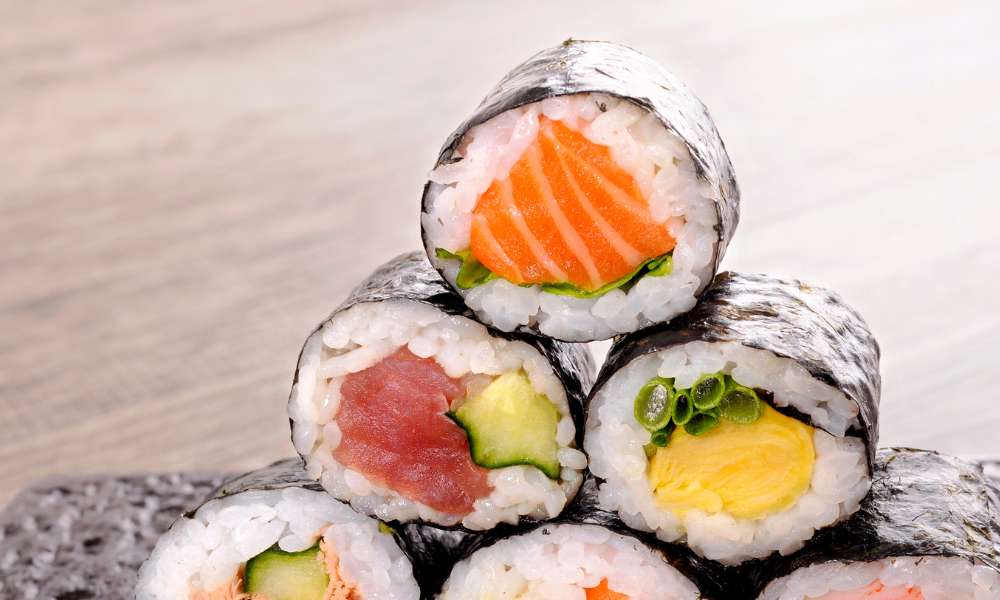Embark on a culinary voyage through time as we unravel the captivating origins of sushi, a culinary masterpiece that has enchanted millions worldwide. Join us at Masuta Japanese Fusion Restaurant as we delve into the rich history of this iconic Japanese dish, celebrated for its delicate balance of flavors and artful presentation. From its humble beginnings to its global acclaim, discover the intriguing evolution of sushi and how it has become a beloved culinary treasure enjoyed by people from all corn?ers of the globe.
The Birth of Sushi
Contrary to popular belief, sushi did not originate as the delectable rolls and sashimi we know today. Its origins can be traced back to ancient Southeast Asia, where people preserved fish in fermented rice. This method, known as narezushi, was developed as a means of preserving fish by fermenting it with rice and salt.
Evolution in Japan
It wasn’t until sushi made its way to Japan in the 8th century that it began to evolve into the dish we recognize today. In Japan, narezushi underwent significant changes, with the rice being consumed along with the fish, rather than just being used as a preservative. This new form of sushi, known as namanare or ‘raw fish,’ gained popularity among the Japanese aristocracy.
The Edo Period and the Rise of Edo-Mae Sushi
During the Edo period (1603-1868), sushi underwent another transformation, thanks to the bustling streets of Edo (modern-day Tokyo). With the development of faster transportation and refrigeration techniques, sushi chefs began to experiment with fresher, more flavorful ingredients. Edo-mae sushi, or ‘Edo-style sushi,’ emerged as a result, featuring vinegared rice topped with fresh fish and seafood.
Sushi Goes Global
In the 20th century, sushi gradually gained popularity outside of Japan, thanks to increased globalization and cultural exchange. Japanese immigrants introduced sushi to countries such as the United States, where it underwent further adaptation to suit local tastes. The California roll, for example, was invented in the 1960s by Japanese chefs in Los Angeles, featuring avocado and crab meat to appeal to American palates.
Modern Sushi Culture
Today, sushi has become a global phenomenon, with sushi bars and restaurants found in cities all over the world. From traditional nigiri and sashimi to inventive fusion rolls, there’s a sushi dish to suit every taste and preference. Sushi has also become synonymous with elegance and sophistication, enjoyed by food enthusiasts and connoisseurs alike.
Conclusion
The history of sushi is a testament to the ingenuity and creativity of culinary traditions across cultures. From its humble beginnings as a means of preserving fish to its status as a beloved delicacy enjoyed worldwide, sushi has undergone a remarkable evolution. So, the next time you enjoy a piece of sushi, take a moment to appreciate the rich history and cultural heritage behind this iconic dish.
Embark on a culinary odyssey within the captivating world of Masuta Japanese Fusion. Discover a harmonious blend of flavors that not only respects sushi’s historical roots but also caters to the modern palate. Visit us at 1712-1714 Sheepshead Bay Rd, Brooklyn NY 11235, and immerse yourself in a dining experience that transcends boundaries, awakening your senses to a seamless integration of diverse tastes, cultural influences, and culinary traditions. Masuta Japanese Fusion invites you to savor an exceptional journey where the past and present converge in every delectable bite.



